Dean Unger
Newbie
- Jun 6, 2024
- 3
- 8
I've recently encountered a beach site off Vancouver Island that is turning up numerous what appear to be quite early ships spikes and would like to confirm or disprove if possible. They are hand-wrought and appear to be possibly copper or bronze, and the case of the rivet, indications point to sterling silver. The oxidization crust around the spikes in a couple instances was almost three inches thick and is comprised of a black hardened tar-like substance that has a strong odour. Any ID assistance would be greatly appreciated. Thank you.
Amazon Forum Fav 👍
Attachments
-
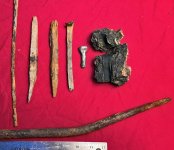 1 Spike Group a.jpg109.6 KB · Views: 17
1 Spike Group a.jpg109.6 KB · Views: 17 -
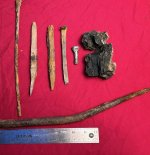 2 - Spike Group b.jpg124.8 KB · Views: 17
2 - Spike Group b.jpg124.8 KB · Views: 17 -
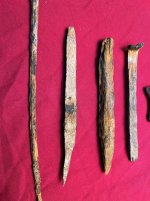 3 - Spike Group c.jpg258.7 KB · Views: 14
3 - Spike Group c.jpg258.7 KB · Views: 14 -
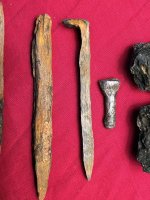 4 - Spike group d.jpg258.8 KB · Views: 14
4 - Spike group d.jpg258.8 KB · Views: 14 -
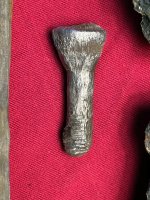 Silver Ships' rivet.jpg214.7 KB · Views: 13
Silver Ships' rivet.jpg214.7 KB · Views: 13 -
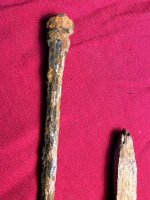 Spike 1 b heead.jpg167.5 KB · Views: 15
Spike 1 b heead.jpg167.5 KB · Views: 15 -
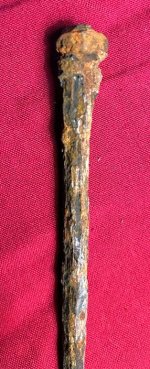 Spike 1 c head.jpg96.8 KB · Views: 14
Spike 1 c head.jpg96.8 KB · Views: 14 -
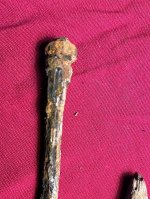 Spike 1 head.jpg146.7 KB · Views: 14
Spike 1 head.jpg146.7 KB · Views: 14 -
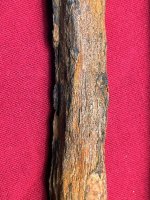 Spike 2 b.jpg220.3 KB · Views: 14
Spike 2 b.jpg220.3 KB · Views: 14 -
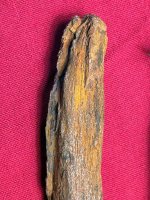 Spike 2 head.jpg228.5 KB · Views: 12
Spike 2 head.jpg228.5 KB · Views: 12 -
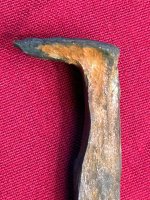 Spike 4 head side profile.jpg213.5 KB · Views: 13
Spike 4 head side profile.jpg213.5 KB · Views: 13 -
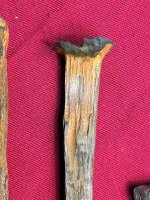 Spike 4 head.jpg262.7 KB · Views: 13
Spike 4 head.jpg262.7 KB · Views: 13 -
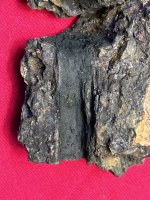 Spike 4 oxidization crust a.jpg229.3 KB · Views: 13
Spike 4 oxidization crust a.jpg229.3 KB · Views: 13 -
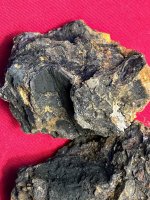 Spike 4 oxidization crust b.jpg243.9 KB · Views: 10
Spike 4 oxidization crust b.jpg243.9 KB · Views: 10 -
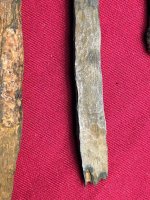 Spike 4 point.jpg234.7 KB · Views: 9
Spike 4 point.jpg234.7 KB · Views: 9 -
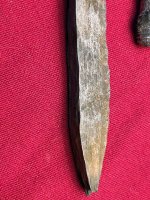 Spike 4 tip.jpg228.8 KB · Views: 15
Spike 4 tip.jpg228.8 KB · Views: 15



